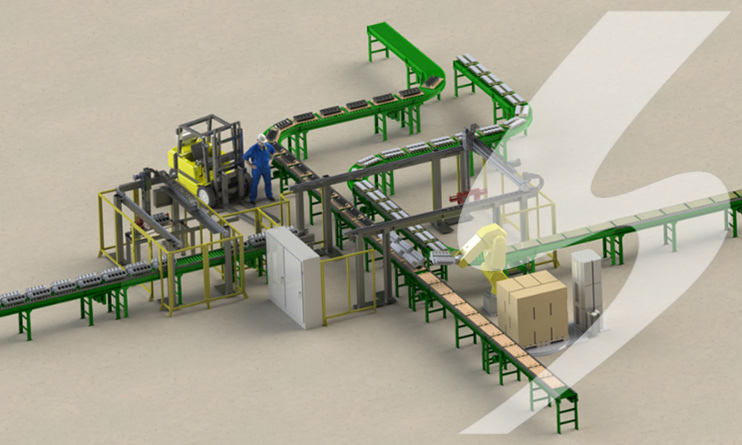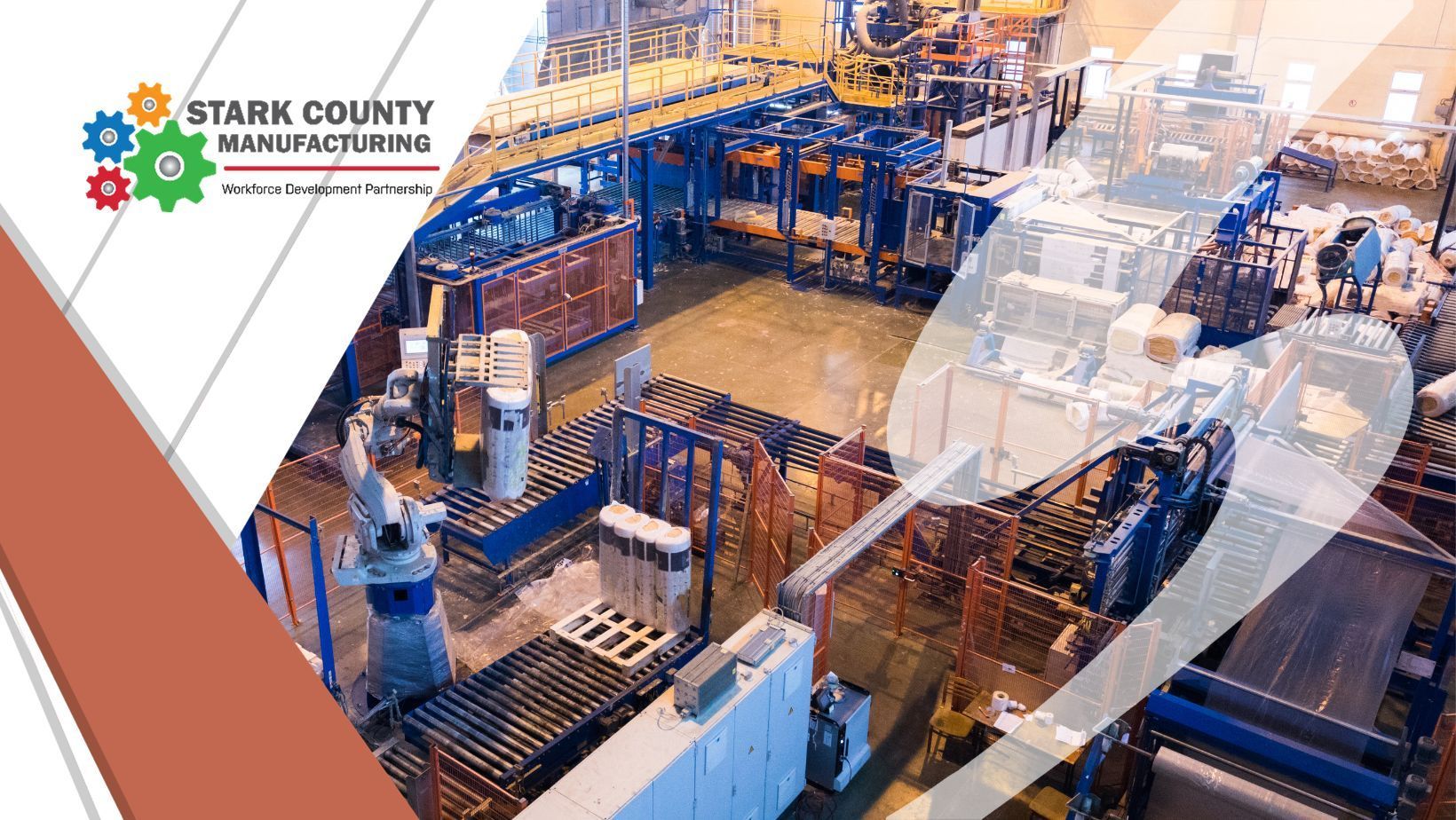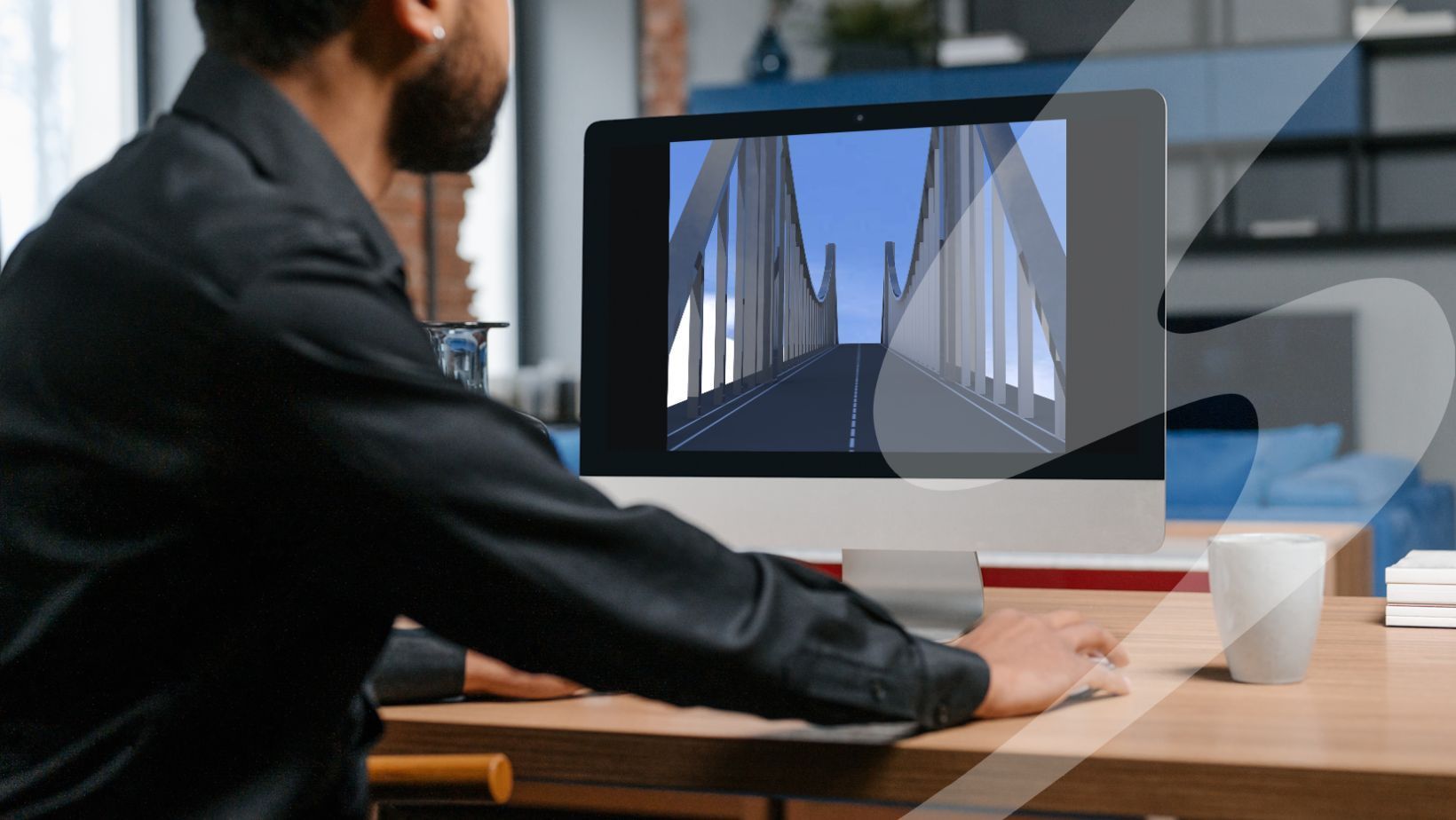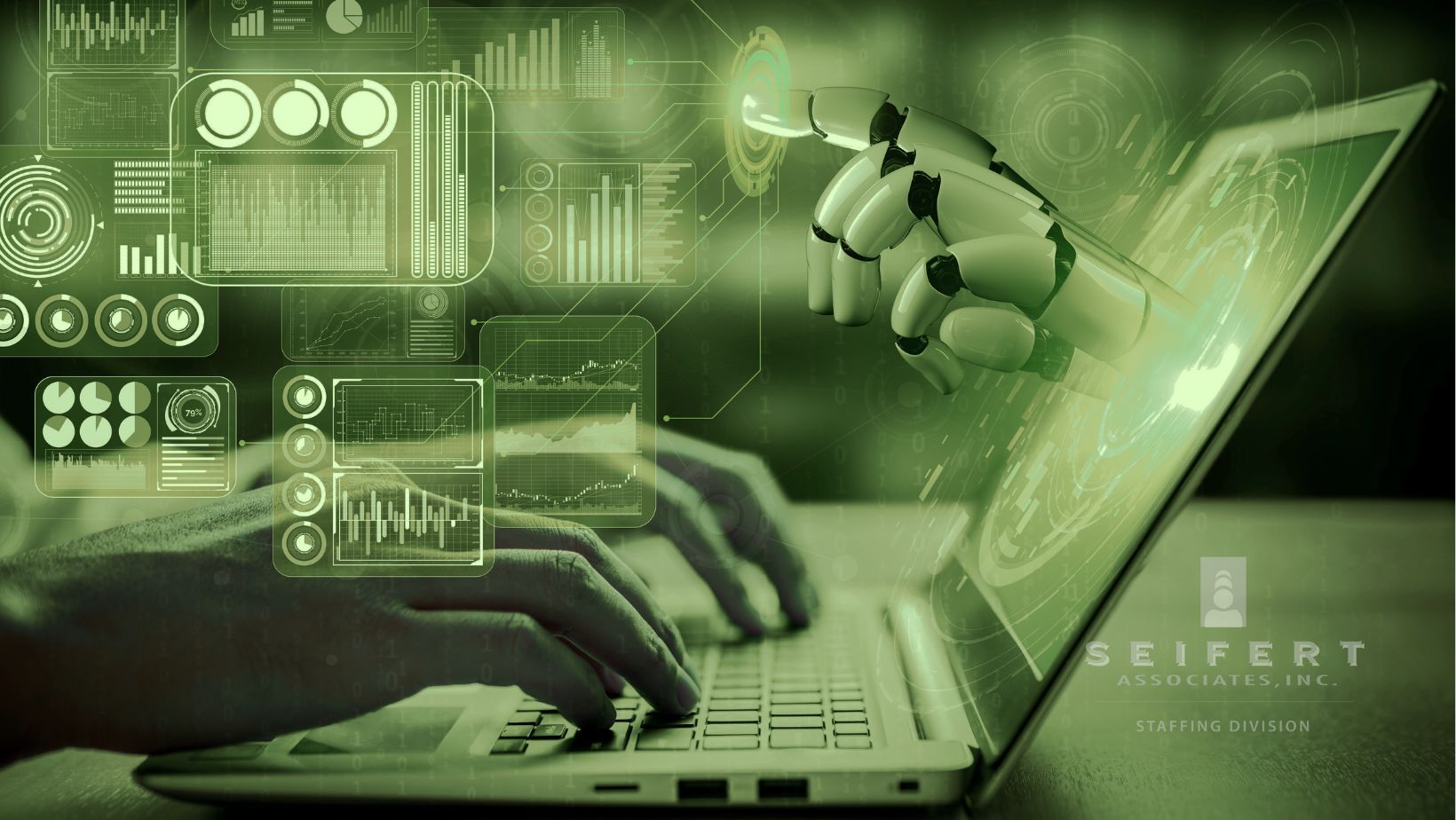







At Seifert Associates, we have been meeting the challenges of hiring technical talent for decades. Finding the right candidate for the right position can be a challenge. Thus, we have put together a list of the top questions we get from HR and give ideas on how to overcome the challenges we face in today’s job market.
What Are the Top Hiring Challenges Today?
First, we must talk about current hiring challenges. Today, employers encounter new recruitment hurdles as the job market progresses. Employers' obstacles and difficulties arise when it comes to recruiting and hiring qualified candidates. These challenges can come in many forms, such as a shortage of skilled workers, a highly competitive job market, or a lack of diversity and inclusion in the hiring process.
The rapid changes in both technology and the evolving job market also contribute to these hiring challenges. Employers must overcome these hiring challenges to attract and retain top talent, as well as build a thriving workforce to drive organizational growth and success.
Attracting the right talent for a technical position is an employer's foremost concern. The more skilled the requirements are, the more the employee is sought after. With a limited workforce and intense competition for top-tier candidates, employers struggle when it comes to finding technical talent. Along with that, employers struggle to engage with candidates who are not actively seeking a new position. We spoke about the importance of collaborating with a recruiter who has strong experience with finding technical candidates in a previous blog, which you can review HERE.
Another challenge that employers face is attracting the right talent for a technical position. Highly skilled candidates today look for more than just a competitive salary. Candidates want to collaborate with a company that has a quality work culture. But they also want to seek employment with companies who share the same values, as well as have great benefits and a good understanding of work life balance. In fact, 46% of job seekers cite company culture as very important when choosing to apply to a company, and a shocking 47% of employees cite that company culture is the driving factor when looking for a new job.

Employers must address the skills gap and invest in employee training and development. With rapid technological advances and a constantly evolving job market, it can take time for employees to keep up with the skills needed for their roles. Today, we work in a multi-generational workforce, so you cannot always find a candidate that meets all your job requirements. It is important to understand the value of more seasoned professionals, while leveraging talent from multiple generations. We tackle the subject of the multi-generational workforce in our blog HERE.
According to a survey from McKinsey & Company, “44% of well-known organizations expect a significant talent gap in the next five years.” Employers need to have a plan to tackle skills gaps and ongoing training to be set up for success now and in the future.
Providing mobility in an uncertain job market poses a hiring challenge for HR professionals and hiring teams. With employees gravitating towards internal mobility, developing innovative career progression strategies becomes essential to meet the evolving needs and aspirations of the modern workforce. Adaptability and creativity in addressing this challenge will be crucial for attracting and retaining top talent in an ever-changing job landscape. Employees today want to know that there is room for them to grow within the company. Employers today want to develop skills and know that there is room for them to grow within the company.
Michael Timmes stated, “In my experience, the answer lies in internal mobility’s impact on improving retention and engagement, lowering recruitment costs, and encouraging innovation.” -Michael Timmes, SPHR, SHRM-SCP, CPC Forbes
In other words, do not lock people into a specific role within the company. For better retention, give them the mobility to learn other skills that can help them grow within your company. This will also help with filling the skills gap that most companies face when looking to hire new employees.
With over 30 years of experience finding candidates in technology, engineering, manufacturing, and other technical positions, we know how important it is to find and retain great employees. Our team’s reach in the technical talent pool runs deep. We have access to past and present technical talent that we have vetted and placed over many years. We also have connections with new graduates through their school programs. This makes Seifert Associates a force in technical recruiting that you can leverage as an employer. Put Seifert Associates to work for you, and learn more about our services HERE.









All Rights Reserved | Seifert Companies